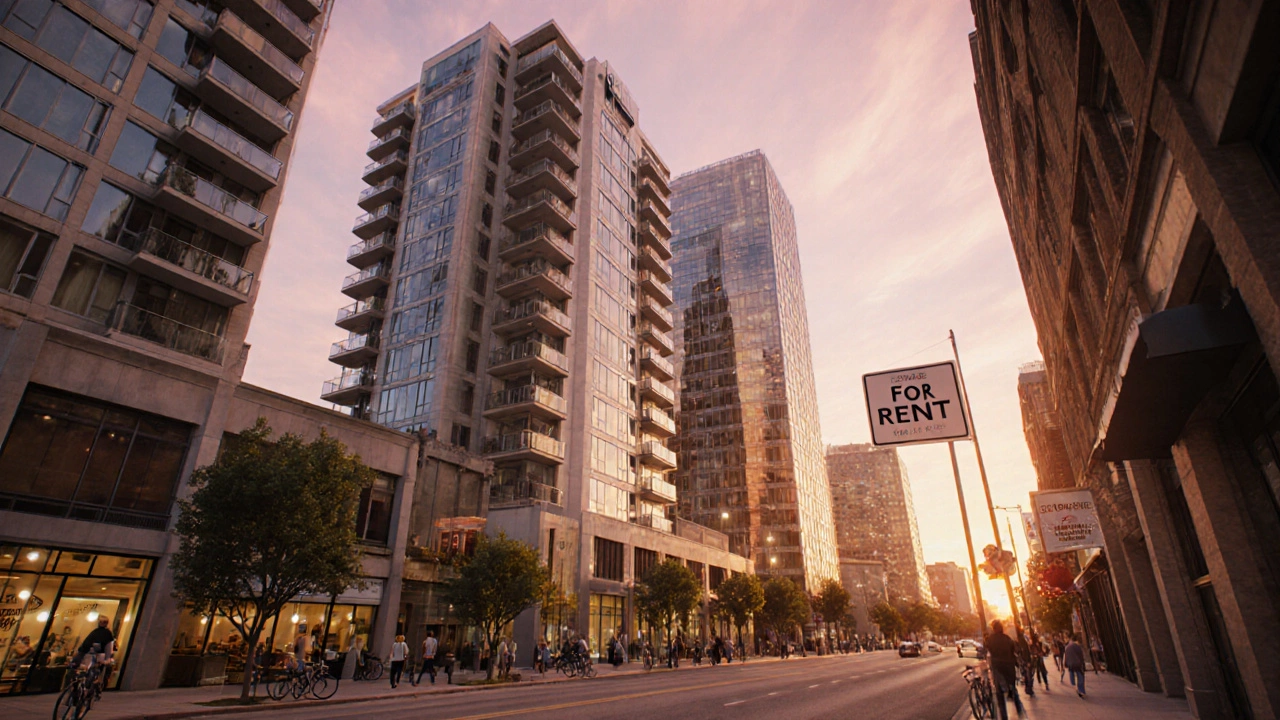Austin Rent: What You Need to Know Before Signing a Lease
When talking about Austin rent, the cost of renting a home or apartment in Austin, Texas, and the rules that shape the local rental market. Also known as renting in Austin, it directly affects anyone looking for a place to live in the capital of the Lone Star State.
One of the first things renters should understand is the lease agreement, a legally binding contract that outlines rent amount, payment schedule, lease term, and responsibilities of both landlord and tenant. This document sets the baseline for the rental relationship and determines how disputes are resolved. When you sign a lease, you’re basically agreeing to the terms that the landlord sets, but you also gain protections under Texas law.
Speaking of protections, tenant rights, the set of legal guarantees that safeguard renters against unfair practices, unlawful entry, and improper handling of security deposits play a huge role in shaping the Austin rent experience. For example, Texas requires landlords to return security deposits within 30 days unless there are documented damages. Knowing these rights helps you avoid common pitfalls and gives you confidence during negotiations.
Key Factors Driving Austin Rent Prices
The rent price trends, the historical and current changes in average monthly rent for apartments, condos, and houses in Austin are influenced by job growth, population influx, and limited housing inventory. Over the past five years, the tech boom has pushed average two‑bedroom rents from $1,200 to over $1,600. Understanding these trends lets you gauge whether a listing is priced fairly or if you have room to negotiate.
Another practical consideration is the pet policy, the rules a landlord sets regarding animals, including pet deposits, monthly fees, and breed restrictions. In Austin, many complexes allow cats and small dogs but charge extra fees that can add $25‑$50 to your monthly budget. Checking the pet policy early can prevent surprise costs and ensure the unit fits your lifestyle.
Lastly, knowing the local rent control landscape matters. Austin does not have citywide rent control, meaning landlords can raise rent at lease renewal as long as they provide proper notice. However, the state requires a 30‑day written notice for rent increases of 10% or less and a 60‑day notice for higher hikes. This rule ties directly into the lease agreement and tenant rights, giving renters a clear framework for what to expect when a landlord proposes a new amount.
Putting all these pieces together, you’ll see that Austin rent isn’t just a number—it’s a mix of market dynamics, legal safeguards, and personal preferences. Below you’ll find articles that break down each element in detail, from step‑by‑step lease signing tips to deep dives on how the Austin tech scene is reshaping rental prices. Whether you’re a first‑time renter or a seasoned tenant, the collection ahead offers practical advice to help you make informed decisions and secure a home that fits your budget and lifestyle.
Austin TX Rent Prices 2025: Cost of Apartments & Neighborhood Guide
by Arjun Mehta Oct 17 2025 0 RentalsDiscover 2025 Austin rent prices, neighborhood breakdowns, budgeting tips, and where to find reliable listings for apartments in Austin, TX.
READ MORE